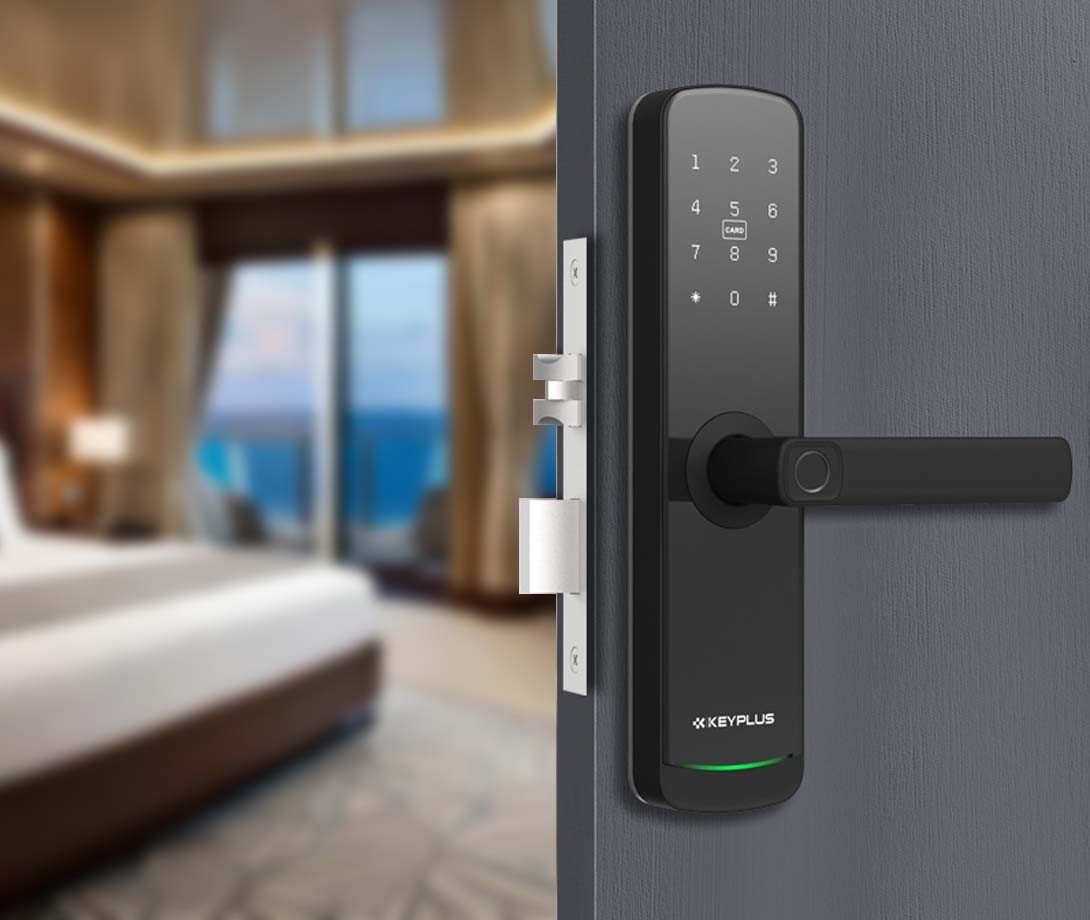Digital Door Lock Longevity: How Long Can You Really Expect Them to Last?
Digital door locks represent a significant advancement in home security, offering keyless convenience and enhanced control. However, unlike traditional mechanical locks that can last for decades, digital locks have more complex lifespans influenced by multiple factors. Understanding these variables helps homeowners set realistic expectations and maximize their investment.
Battery Life: The First Line of Longevity
The most frequent maintenance requirement for digital locks is battery replacement. Under normal usage conditions, most quality digital locks will operate for:
- 6-18 months on a single set of batteries.
- 5,000-54,000 locking/unlocking cycles, depending on model and battery type.
Battery longevity isn’t fixed. Heavy daily use (20+ operations) may require replacements every 3-4 months, while light use (under 10 daily operations) might extend this to a year6. Environmental factors also intervene:
- High humidity accelerates corrosion and drainage1.
- Temperature extremes (below -10°C or above 50°C) degrade battery performance.
- Battery quality matters significantly. Lithium or alkaline batteries outperform cheaper zinc-carbon alternatives in both lifespan and reliability.
Fortunately, most quality digital locks provide low-battery warnings via beeps, indicator lights, or mobile alerts. Many also feature emergency power options, such as a 9V battery terminal for temporary external power or a physical key override. 
Physical Lifespan: Beyond the Battery
When properly maintained, the hardware lifespan of a well-built digital lock typically ranges between 10-15 years2. User experiences vary widely, however:
- Some report failures within 3-4 years, often linked to motherboard issues or environmental damage.
- Others note 8-12 years of reliable service with basic maintenance.
- Mechanical components (latches, handles) often outlast electronic sensors (fingerprint readers, RFID scanners).
This variability stems from several critical factors:
- Usage Intensity: Locks in high-traffic entrances endure more wear than those on infrequently used doors.
- Environmental Stress: Coastal or high-humidity regions risk corrosion and moisture damage to internal electronics. Models rated IP44 or higher (indicating dust/water resistance) fare better in harsh conditions.
- Installation Quality: Poorly aligned locks or those installed on warping doors suffer accelerated mechanical strain.
- Technological Simplicity: Basic keypad or RFID models often outlast biometric locks (fingerprint/facial recognition), which involve more sensitive components.
Maximizing Your Digital Lock’s Lifespan
Proactive maintenance significantly extends functionality:
- Battery Management: Replace batteries preemptively every 10-12 months, even without warnings. Use high-quality alkaline or lithium batteries.
- Environmental Protection: Install weatherproof covers in exposed locations. Wipe down external surfaces monthly to prevent debris buildup.
- Software & Mechanical Updates: Apply firmware updates to fix bugs and optimize power efficiency48. Annually lubricate the bolt mechanism with graphite powder.
- Diagnostic Checks: Test all access methods (code, card, fingerprint) quarterly. Verify emergency keys and external power terminals function properly.
Choosing a Lock for Long-Term Reliability
Not all digital locks are created equal. Prioritize these features during selection:
- Battery Specifications: Opt for standard replaceable batteries (AA, CR123A) over proprietary packs.
- Environmental Ratings: For outdoor or humid areas (e.g., garages, coastal homes), choose locks with IP55 or higher ratings.
- Simplified Authentication: If longevity is paramount, prioritize keypad or RFID models over complex biometric systems.
- Warranty Duration: A 3-year warranty often signals manufacturer confidence in durability.
Preventive maintenance remains the most reliable strategy for avoiding lockouts. As one industry expert notes, “Treat your digital lock like a smoke detector—replace its batteries before they die, and you’ll rarely face an emergency”.
Conclusion: Setting Realistic Expectations
While traditional locks can last 40+ years, digital counterparts offer a different value proposition—convenience and smart features at the cost of periodic maintenance. Invest in a quality lock designed for your environment, adhere to a proactive maintenance schedule, and you can reliably expect 10-15 years of service. Remember, the lock’s lifespan ultimately depends less on the device itself and more on how thoughtfully it’s selected, installed, and cared for.
Post time: Jun-27-2025

